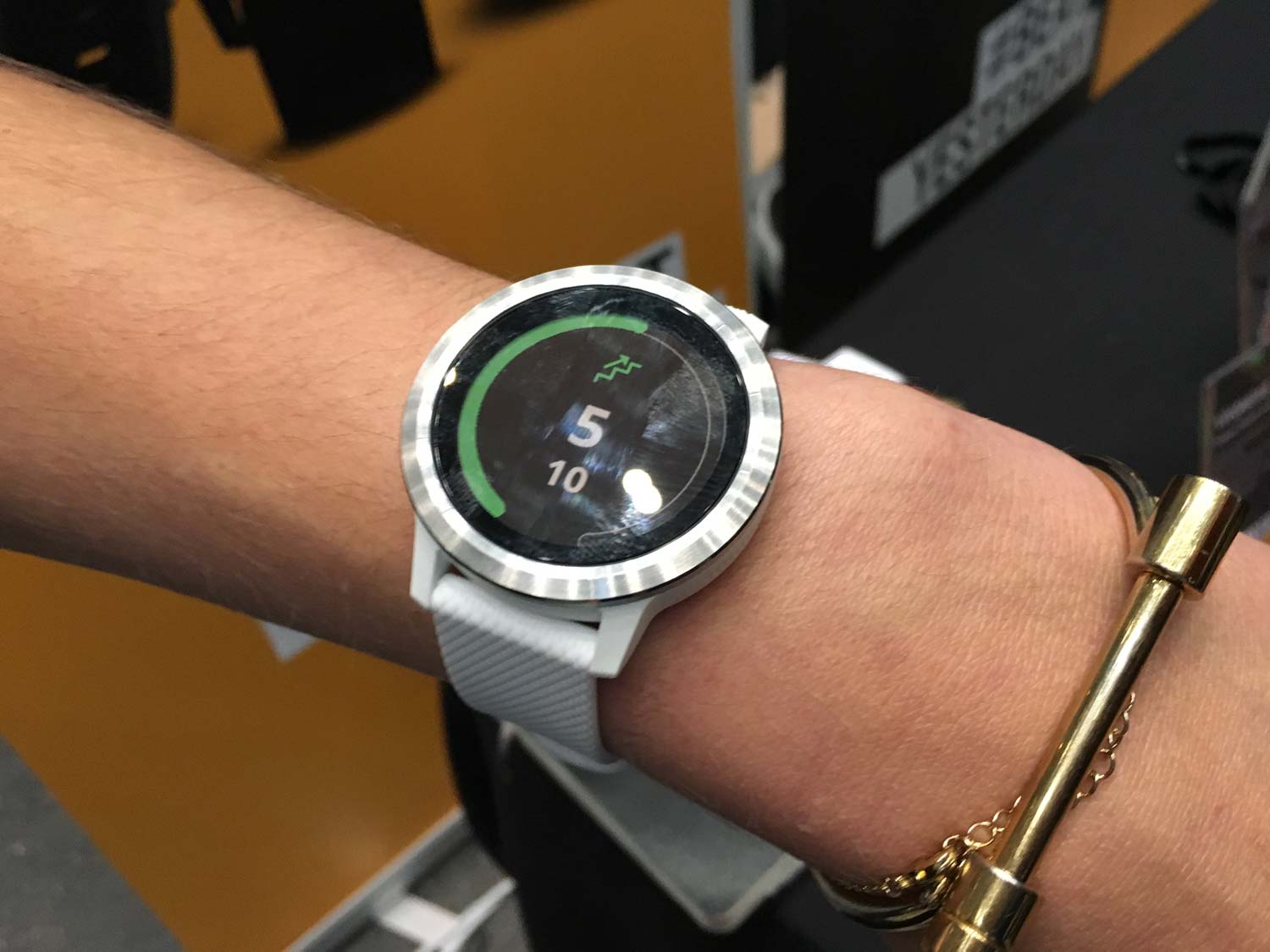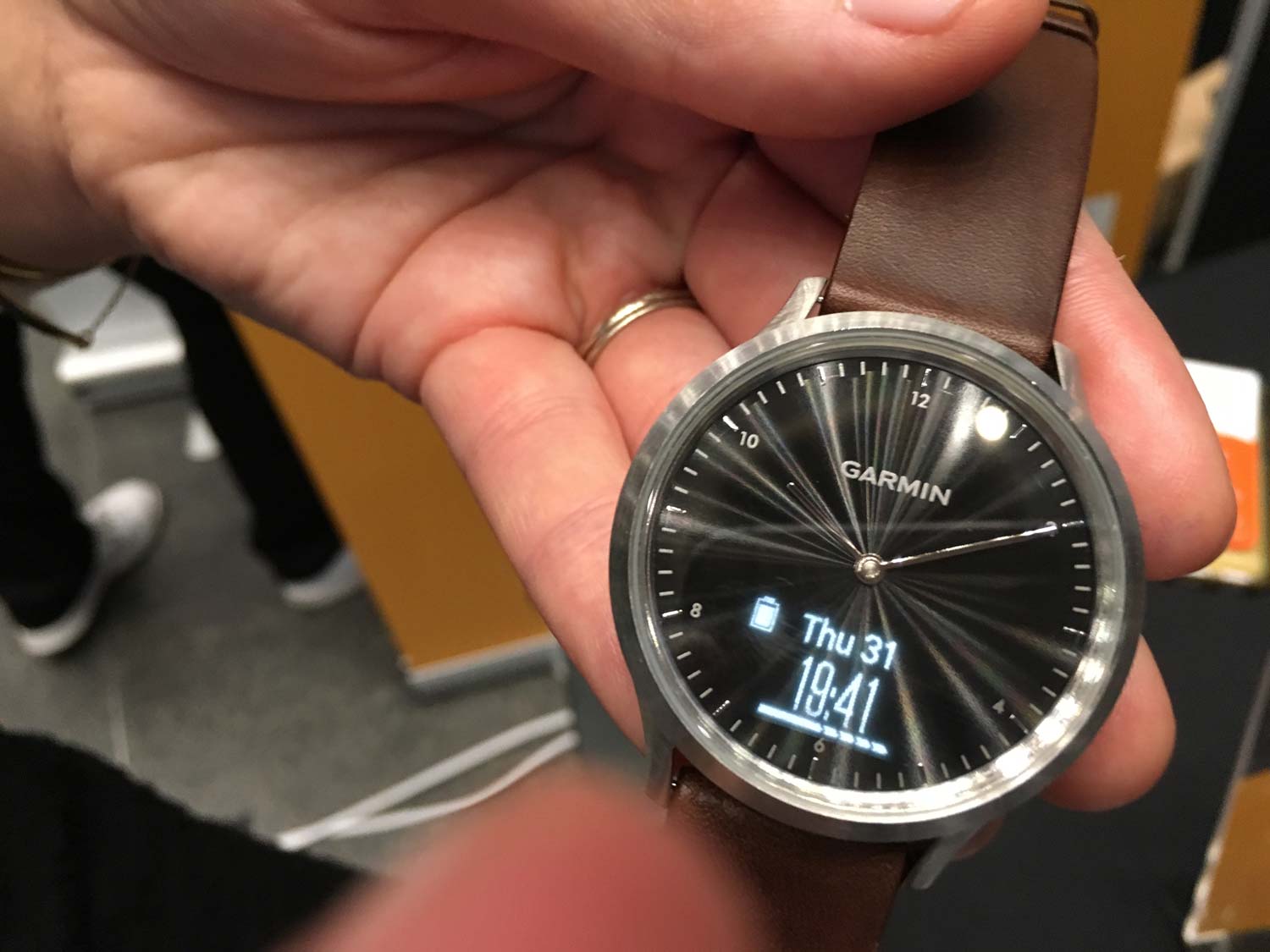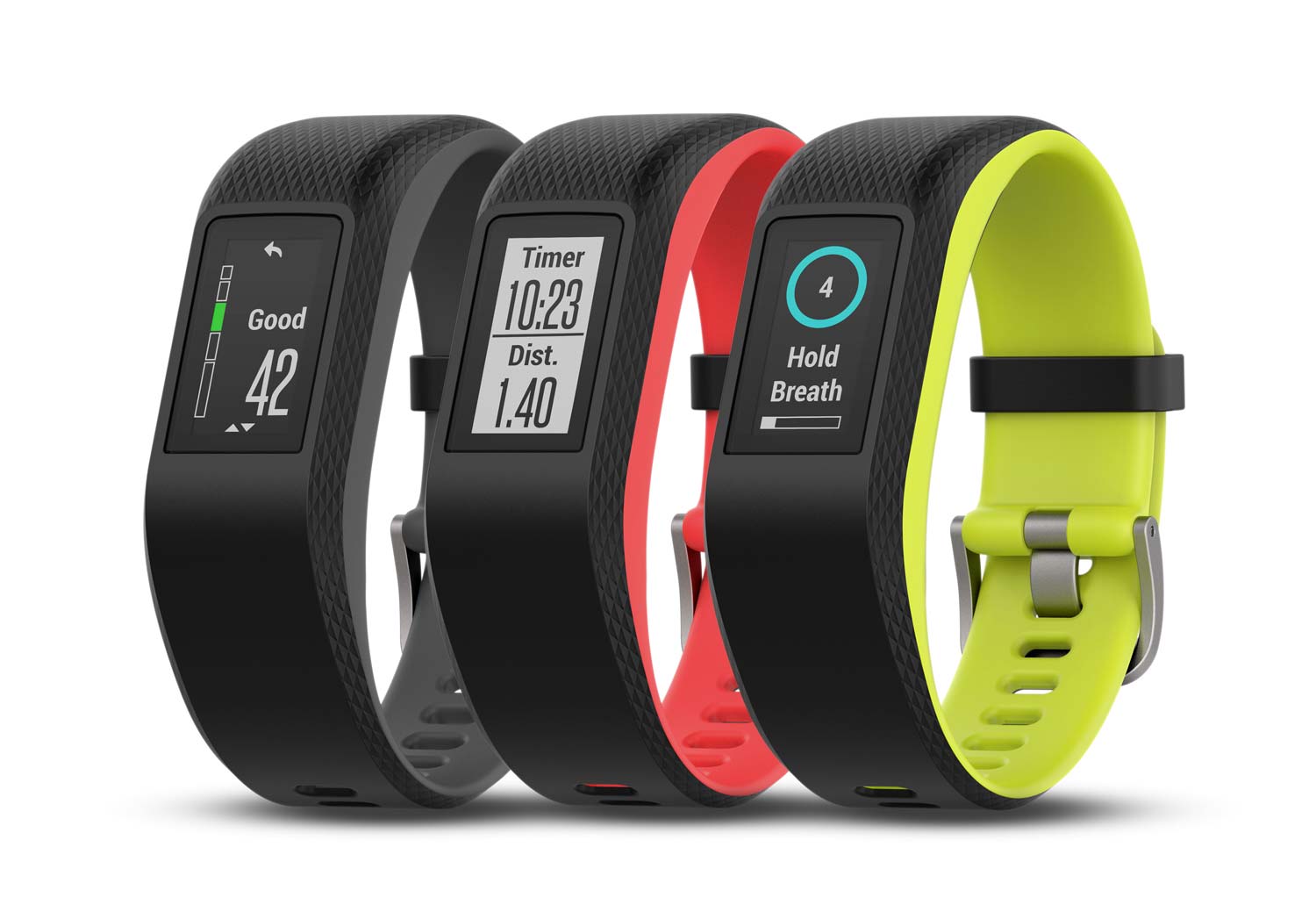Garmin Vivoactive 3 Blurs Line Between Fitness Tracker and Smartwatch
The Vivoactive 3 adds apps and mobile payment support, and that's just the start of the makeover Garmin's giving to its fitness trackers.
BERLIN — With smartwatches putting a greater emphasis on fitness features, Garmin's fitness trackers are fighting back by taking a page out of the smartwatch playbook.
In the case of the Vivoactive 3, Garmin is adding smartwatch-like features like a touchscreen, support for mobile payments and even some apps.

The Vivoactive 3, which starts at $299, leads a trio of new fitness trackers unveiled by Garmin at the IFA trade show here. Joining the Vivoactive 3 are the Vivomove HR, a new version of the wearable who want their fitness trackers to look more like a watch, and the more feature-rich Vivosport.
What's New with the Vivoactive 3
It's the Vivoactive 3 that's leading the charge, though. The new fitness tracker is a follow up to the Vivoactive HR, a device we liked for both its battery life and its ability to monitor a range of features, but that we found a little bulky.
MORE: Best Fitness Trackers for Running, Swimming and Training
Garmin's addressing that complaint with a new circular design that looks a lot more stylish than the Vivoactive HR of old. The circular face also adds a new Side Swipe feature, which allows you to quickly scroll between assorted widgets and menus. The touchscreen still responds to swipes, but Side Scroll adds to the Vivoactive 3's more sophisticated feel.

Vivoactive wearers who like to leave their wallet behind when they go for a run will also appreciate the tracker's support for Garmin Pay, a mobile wallet feature that's powered by the FitPay platform. Gamin Pay will support Visa and Mastercard debit and credit cards from major banks, and Garmin plans to add support for more.
Mobile payments is an interesting addition to Vivoactive's toolset, as it's a feature long supported by both the Apple Watch and Samsung's Gear smartwatches. The new Fitbit Ionic is adding the feature, too.
The Vivoactive 3 monitors your heart rate and includes GPS support, as you'd expect from a top fitness tracker. It's also fully compatible with Connect IQ, letting you download watchfaces, widgets and apps. The Vivoactive 3 offers more than 15 sports apps out of the box.
Battery life should remain stellar. Garmin promises 7 days in smartwatch mode and 13 hours when you use GPS.
You can get the new fitness tracker in black or white with stainless stell for $299. A black version with slate costs $329. Garmin says the Vivoactive 3 ships in September.
Sign up to get the BEST of Tom's Guide direct to your inbox.
Get instant access to breaking news, the hottest reviews, great deals and helpful tips.
Vivomove HR and Vivosport
As for the Vivomove HR, this follow-up to the Vivomove fitness tracker adds a smart screen to the analog watchface. Double tap, and you can summon up the screen to see your heart rate, track your stress or view notifications.
In a touch I appreciated, the watch hands swing out of the way so you can get a clear look at the smart screen, returning to the proper time when you're done.

The Vivomove HR has enough battery to last five days in smart mode and two weeks if you use it as a watch. It's shipping at the end of September, and you can get either the $199 Sport version with its silicon band and partial metal casing or the $299 Vivomove HR Premium, which comes in silver with a leather band.

Garmin's Vivosport activity tracker offers heart monitoring and GPS features. It also sports an always-on color touchscreen. The big feature here is support for LiveTrack, a real-time activity and tracking feature that previously appeared only on higher-end running watches.
Expect the $199 Vivosport to last seven days on a charge, or 8 hours in GPS mode.
Philip Michaels is a Managing Editor at Tom's Guide. He's been covering personal technology since 1999 and was in the building when Steve Jobs showed off the iPhone for the first time. He's been evaluating smartphones since that first iPhone debuted in 2007, and he's been following phone carriers and smartphone plans since 2015. He has strong opinions about Apple, the Oakland Athletics, old movies and proper butchery techniques. Follow him at @PhilipMichaels.

